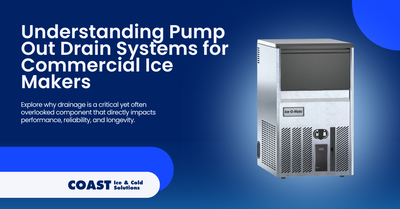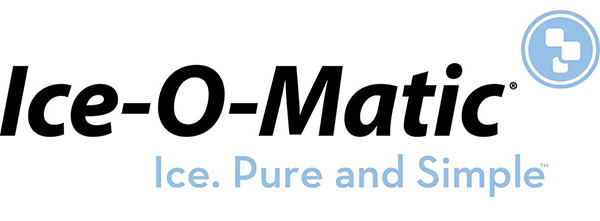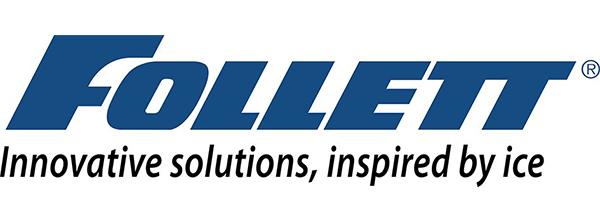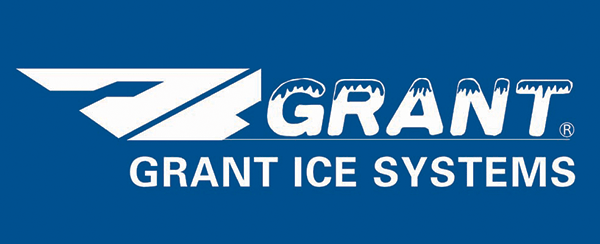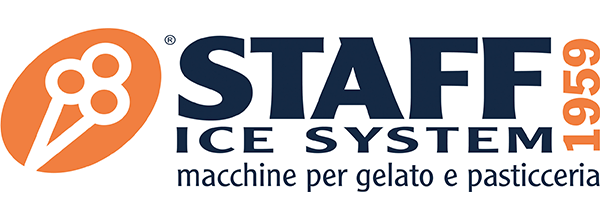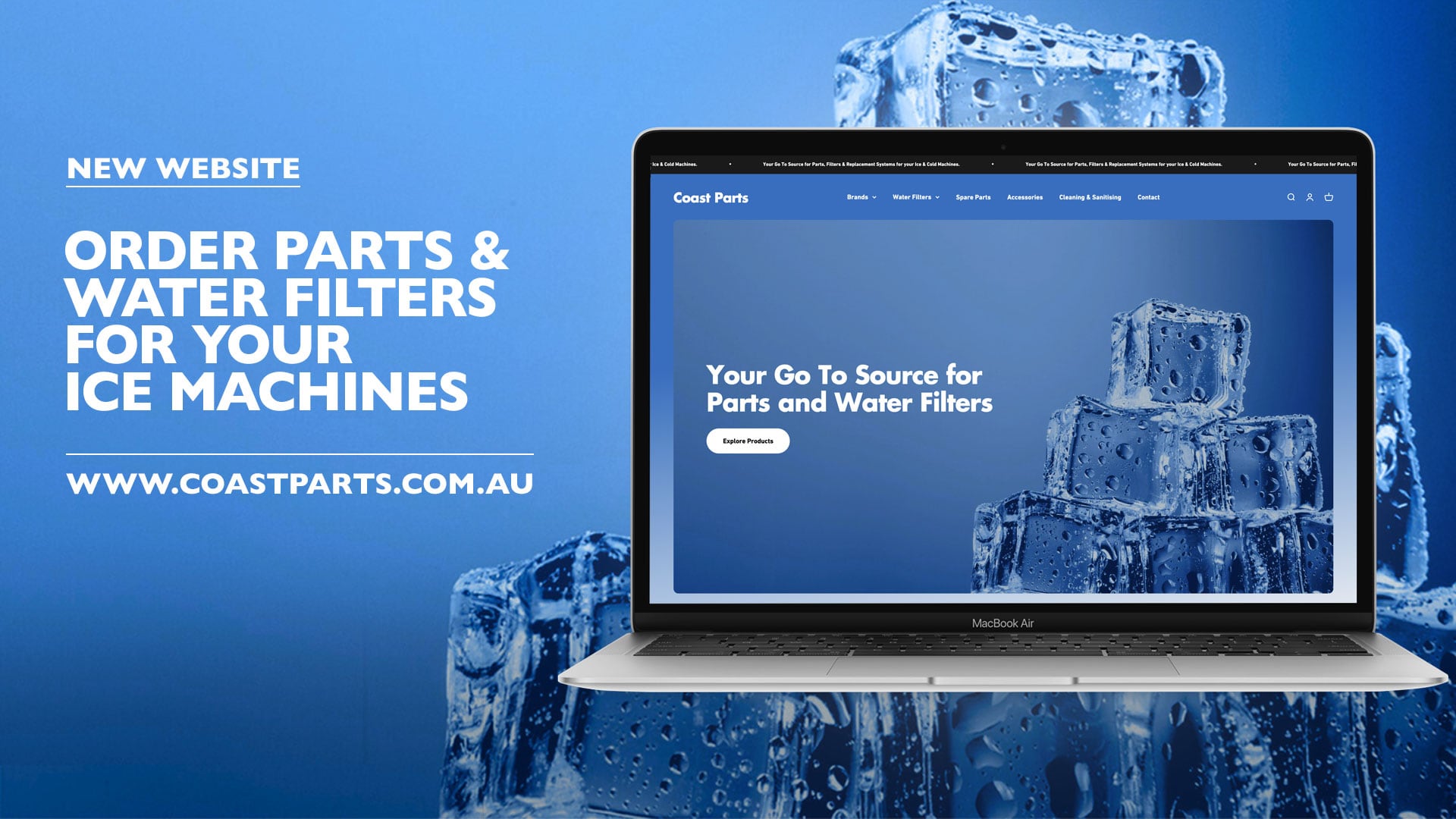Understanding Pump Out Drain Systems for Commercial Ice Makers
The Coast Team on 3rd Apr 2025
Explore why drainage is a critical yet often overlooked component that directly impacts performance, reliability, and longevity.
When planning your commercial ice maker installation, drainage is a critical yet often overlooked component that directly impacts performance, reliability, and longevity. For many Australian businesses, particularly those with challenging installation environments, pump out drain systems offer an elegant solution to common drainage obstacles. Let's explore why these systems matter and when they're the right choice for your operation.
The Basics of Ice Maker Drainage
Commercial ice makers produce wastewater throughout their operation cycle. During ice formation, water that doesn't freeze needs draining, while additional water is used during harvesting cycles and cleaning procedures. Without proper drainage, this continuous water flow can cause serious problems including equipment damage, unhygienic conditions, and operational shutdowns.
Most ice makers traditionally rely on gravity drainage, where wastewater flows naturally downward through drain lines into the building's plumbing system. This method works well in ideal conditions but presents significant limitations in many real-world commercial settings.
Why gravity drainage sometimes falls short:
Gravity systems require drain lines to maintain a consistent downward slope, which becomes problematic in many installation environments. When drains are positioned above your ice maker or located at considerable distances, gravity simply cannot do the job effectively. These limitations often force businesses to compromise on equipment placement or undertake costly plumbing modifications.
What Is a Pump Out Drain System?
A pump out drain system is a specialised drainage solution that actively removes wastewater from ice makers. Unlike passive gravity systems, these systems use an electric pump to force water out, making them ideal for challenging installation scenarios.
The mechanism works through a relatively simple process:
- Wastewater flows from the ice maker into a collection reservoir
- When water reaches a predetermined level, a float switch activates the pump
- The pump forces water through discharge tubing to the designated drain location
- Once water level drops, the pump automatically deactivates until needed again
This active water removal capability allows these systems to move water vertically (typically up to 1-3 metres) and horizontally over significant distances that would be impossible with gravity drainage alone.
When Do You Need a Pump Out Drain?
Determining whether your ice maker installation requires a pump out drain system depends on several practical factors related to your facility's layout and plumbing configuration.
You likely need a pump out drain system when:
- The nearest available drain is positioned above your ice maker unit
- Your machine must be located far from the nearest suitable drain point
- Building constraints prevent installation of new drain lines (common in heritage buildings or leased spaces)
- Floor layout concerns make it impractical to run traditional drain lines without creating tripping hazards
- You need installation flexibility to position your ice maker in the optimal operational location
- Water damage prevention is a significant concern in your facility
For many Australian businesses, particularly in hospitality, healthcare, and food service sectors, at least one of these conditions typically applies, making pump out drain models a practical necessity rather than a luxury.
Benefits of Pump Out Drain Systems
Investing in an ice maker with an integrated pump out system offers numerous advantages that often justify the additional upfront cost.
Installation flexibility stands as the primary benefit. These systems free you from drainage constraints, allowing ice makers to be positioned where they make operational sense rather than where plumbing dictates. This flexibility optimises workflow efficiency and space utilisation in busy commercial environments.
Reduced installation expenses often offset the higher initial equipment cost. While pump-equipped models generally cost more upfront, you'll save significantly on extensive plumbing modifications, floor cutting, and associated restoration work that gravity drainage might require in challenging settings.
Water damage prevention provides substantial long-term value. Properly functioning pump systems actively move water away from the ice maker, dramatically reducing overflow and leakage risks that could damage floors, walls, and nearby equipment.
Operational reliability improves with appropriate drainage. Ice makers with inadequate drainage may experience backups that trigger automatic shutdowns, disrupting ice production precisely when you need it most. Pump out systems maintain consistent drainage even during peak production periods.
Technical Considerations When Selecting a System
When evaluating pump out drain models for your business, several technical specifications deserve careful attention.
Pump capacity (measured in litres per minute) must align with your ice maker's maximum drainage requirements. Most commercial ice makers need pumps handling at least 1.5-2 litres per minute to prevent overflow during defrost cycles or cleaning.
Maximum head height refers to the vertical distance a pump can effectively lift water. If your drainage point is above the ice maker, confirm the pump's head height specification exceeds your required vertical distance with a safety margin of at least 20%.
Power consumption impacts operational costs and required electrical capacity. Pump systems typically draw between 30-100 watts depending on the model. This additional load should factor into your electrical planning, especially in facilities with limited circuit capacity.
Noise considerations matter in customer-facing environments. Pump operation produces sound that may be disruptive in quiet settings. Modern systems have improved significantly, but noise levels still vary between models. Look for specifications measured in decibels (dB) to compare options.
Ice-O-Matic Solutions from Coast Distributors
Coast Distributors offers a comprehensive range of Ice-O-Matic ice makers with integrated pump out systems designed specifically for Australian commercial environments. These units combine reliable ice production with efficient drainage solutions, making them ideal for challenging installation scenarios.
The Ice-O-Matic UCG series represents an excellent option for operations requiring under-counter ice machines with pump drainage capability. The range includes:
UCG045APD: Produces up to 20.5kg of crystal-clear gourmet ice daily while storing 8kg in its insulated bin. Perfect for small cafés or healthcare settings with moderate ice demands.
UCG065APD: Steps up daily production to approximately 27kg while maintaining the same compact footprint and 8kg storage capacity. Ideal for busy cafés and restaurants with limited space.
UCG085APD: Increases capacity significantly, producing up to 38.5kg daily with an expanded 15kg storage bin. Suited for bustling restaurants where ice demand fluctuates throughout service periods.
UCG135APD: Delivers impressive performance with daily production reaching 58kg and generous 22kg storage. Designed for high-volume operations such as busy bars and hotels where consistent ice availability is essential.
All these models feature Ice-O-Matic's reliable pump out drain system capable of lifting water up to 1 metre vertically, engineered for quiet operation essential in customer environments.
Best Practices for Installation and Maintenance
Proper installation and regular maintenance significantly impact the reliability and service life of pump out drain systems.
Installation best practices:
Position discharge tubes to prevent kinking or sharp bends that restrict water flow and strain the pump. The tube should maintain a smooth path to the drain point, avoiding unnecessary loops where water might collect.
Verify electrical connections meet local Australian codes and have appropriate protection from water exposure. Pumps should connect to circuits with proper capacity and ideally surge protection to prevent damage during power fluctuations.
Ensure the drain reservoir and pump remain accessible for maintenance. While integrated systems are designed for convenience, technicians still need reasonable access to clean filters and inspect components.
Maintenance requirements:
Establish a regular schedule for cleaning the pump reservoir and filter, typically every 3-6 months depending on water quality and usage patterns. This prevents mineral buildup and debris accumulation that impair pump function.
Inspect discharge tubing periodically for wear, damage, or contamination. Algae and biofilm can develop in drain lines, particularly in warm Australian climates, potentially causing blockages or contamination concerns.
Consider water quality factors affecting pump lifespan. In areas with hard water, mineral scaling can accelerate wear on pump components. Water filtration systems may be advisable to extend service life.
Document all maintenance activities to track patterns that might indicate developing issues. This record helps identify recurring problems and informs preventive maintenance strategies.
Future Trends in Ice Maker Drainage Technology
The ice maker drainage landscape continues evolving with technological advances focused on sustainability, efficiency, and smart functionality.
Smart drainage systems represent the next evolution, incorporating sensors that monitor water flow, pump performance, and potential blockages in real-time. Connected to building management systems or dedicated apps, they provide alerts before failures occur.
Energy efficiency improvements continue driving development in pump technology. Newer models utilise variable-speed motors that adjust power consumption based on drainage volume, significantly reducing energy use compared to traditional fixed-speed pumps.
Water recycling technologies are emerging that capture and filter drainage water for reuse in pre-rinse cycles. These closed-loop systems dramatically reduce water consumption and align with increasing regulatory focus on water conservation in commercial appliances.
Antimicrobial materials are being incorporated into drainage components to inhibit biofilm formation and bacterial growth, addressing food safety concerns by reducing contamination risks in drainage systems.
Conclusion: Making the Right Drainage Choice
Selecting the appropriate drainage solution for your commercial ice maker significantly impacts installation options, operational reliability, and long-term maintenance requirements. For many Australian businesses facing installation challenges or seeking improved flexibility, pump out drain models offer compelling advantages over traditional gravity drainage systems.
By understanding the technical considerations, installation best practices, and maintenance requirements outlined in this guide, you can make an informed decision aligned with your operational needs and facility constraints.
Coast Distributors stands as Australia's trusted partner for commercial refrigeration solutions, including the comprehensive range of Ice-O-Matic ice makers with integrated pump drainage systems. Our team of specialists can help assess your specific requirements, recommend appropriate models, and provide ongoing support to ensure your ice production remains trouble-free.
Whether you're planning a new installation, upgrading existing equipment, or troubleshooting drainage challenges, contact our team at Coast Distributors today. Our experts can guide you through the selection process and help implement the perfect ice solution for your business across Australia.

